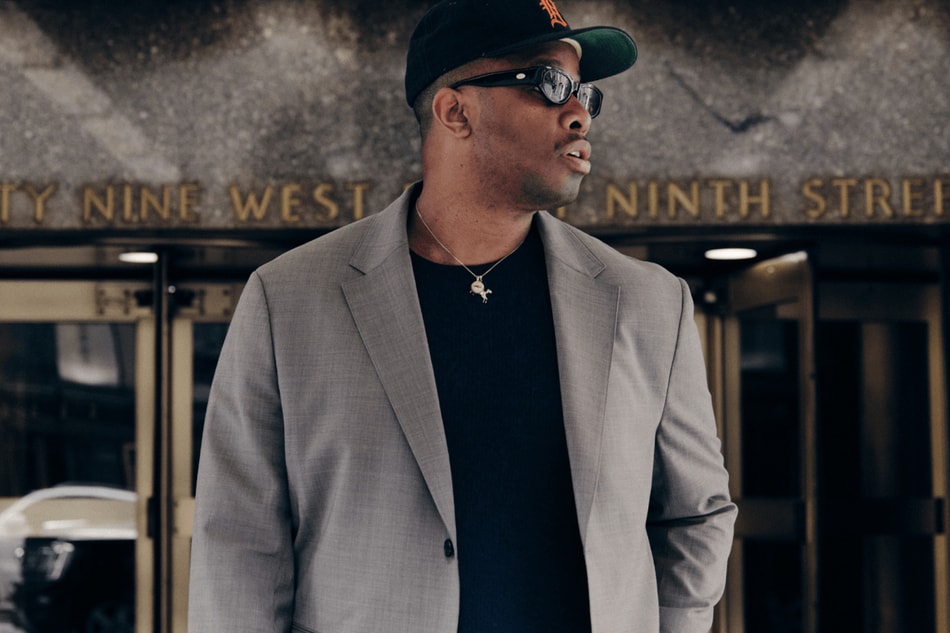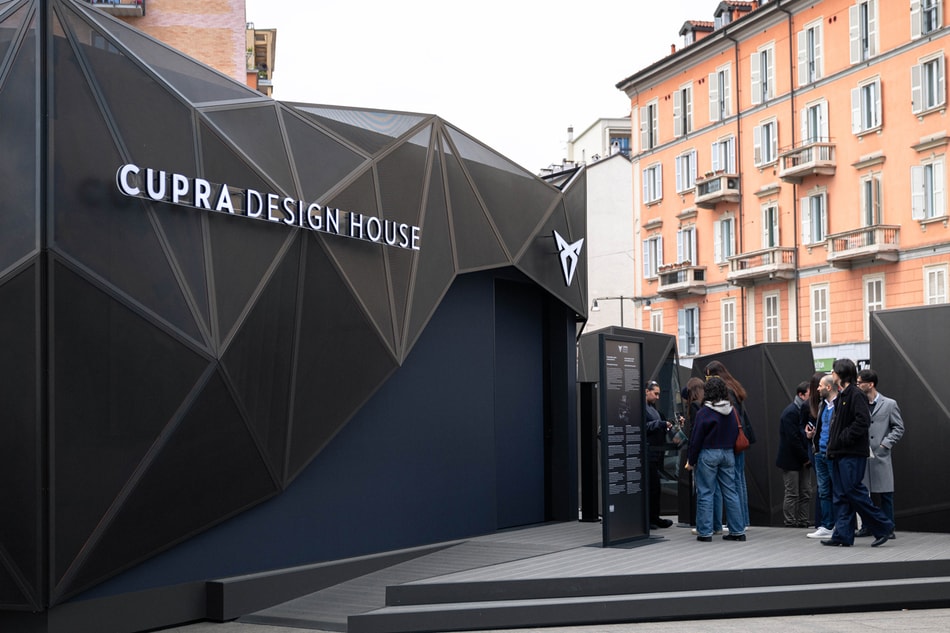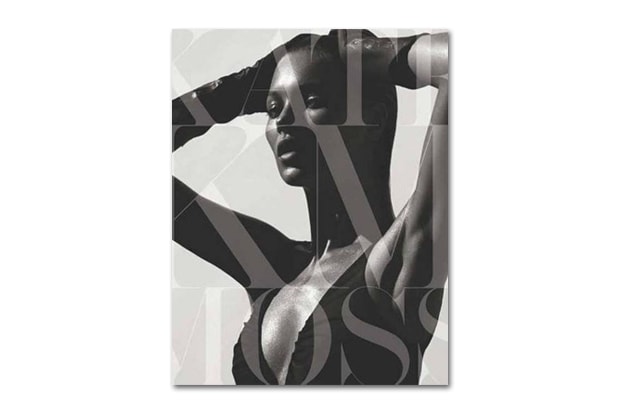Jewon Yu: Levi's Commuter Head Designer Discusses 2012 Fall Collection
The Levi’s Commuter series of cycling-inspired trousers and jackets was not one born out of
The Levi’s Commuter series of cycling-inspired trousers and jackets was not one born out of necessity, as many urban cyclists were already using classic Levi’s styles as their everyday riding staples. Rather, the series was created in recognition of how those cyclists approached their respective daily commutes, and to further refine Levi’s offerings with a blend of classic fit and finish with modern technical fabric stories. HYPEBEAST recently had a chance to sit down with Jewon Yu — the Levi’s Commuter head designer to chat about the origins of the concept, the direction of the line, and some of the obstacles that she and the team had to overcome on the path towards making Commuter the massive success that it has become.
Read the interview below with the insightful head designers and check out the above video for the new Fall 2012 Commuter series.
What is the direction and concept behind Levi’s Commuter?
Commuter was the answer in San Francisco and within the company to a pair of jeans that could withstand the wear and tear of daily commutes on bikes as well as the weather changes one might encounter here in SF. For instance, for most of the country, it’s sunny in the summer but here in San Francisco, for example, it’s drizzling lightly and overcast. Commuters were already wearing our jeans; we just wanted to offer them a little something extra to our already iconic pieces. But as an obvious global movement we realized there was the potential to reach more people and meet their needs as well.
From a price point perspective, it is affordable performance. What are your thoughts on the viability of performance to the masses?
Consumers want more for less. There’s definitely a shift in the expectations and demands of everyday things and I think clothes are no exception. Most people can’t afford what’s currently out there and we didn’t think that was acceptable. Being an accessible, all inclusive brand is what has sustained Levi’s all these years and we will continue to challenge the notion that innovation has to come at a price.
How does the research begin and end for a project like this?
Starting this project was easy since everyone could relate and it seemed like a no-brainer; however, this project will never really end as long as there is a need and people continue to change their lifestyles. We will continue to challenge what is expected from the brand and explore all the options in fabric innovation.
What are some of the difficulties you’ve encountered?
Probably one of the greatest hurdles was adding the performance aspects to the denim, which is nearly impossible and very hard to do. Many people were skeptical but we were fortunate to have some very talented people at the company and access to resources that made this possible.
How do you maintain the legacy of Levi’s while pushing forward?
Context is everything. We don’t mess with what’s worked for the past 150 years but what we can do is get the consumer to think of our products in a different way. We will continue to innovate without changing what the consumers already love. The addition of extra hidden reinforcements, subtle changes to construction and performance benefits are just a bonus. There’s always a careful balance of the iconic and newness we consider and want to offer. Social context is important as well and we see this as a big global movement as more and more people opt for the two-wheeler instead of the four as a means of transportation.














